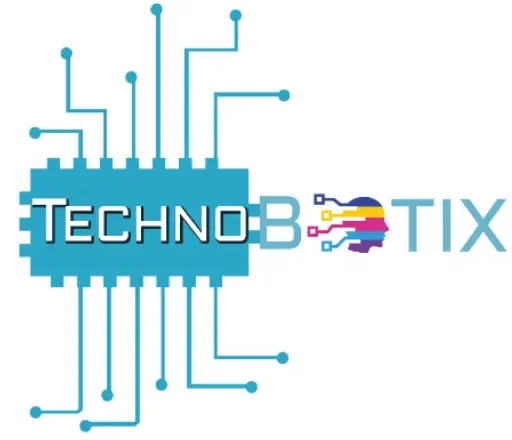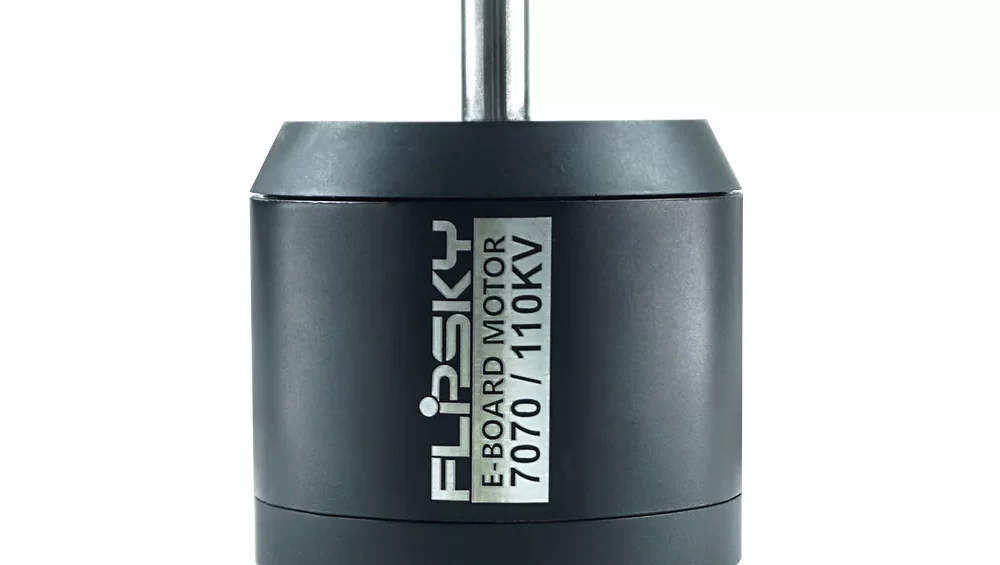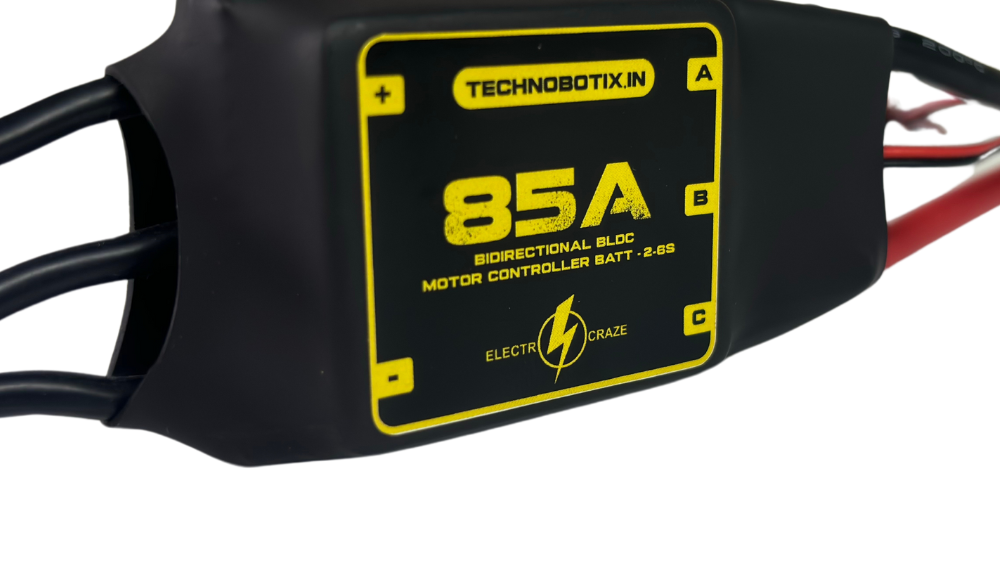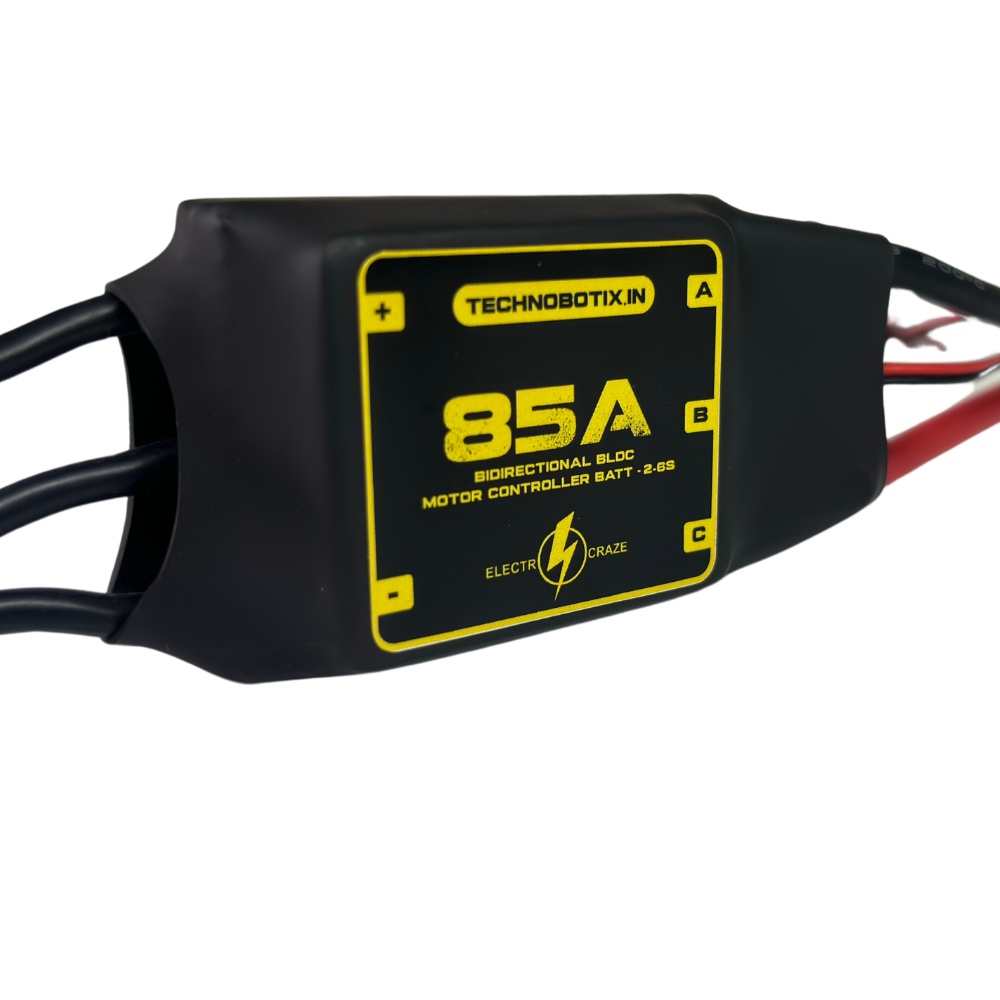Mastering Motion: A Deep Dive into Sensored Motors
Hey there, motorheads! Ready to dive into the awesome world of sensored motors? Buckle up because we’re about to explore everything from their mind-blowing precision to the sheer power they pack. Whether you’re a seasoned pro or just curious, join us on this wild ride as we uncover the ins and outs of sensored motors and the cool tech that’s shaping their future.
Table of Contents
Introduction
Sensored motors are a cool step up in motor technology, giving us way better control and performance for all kinds of uses. What sets them apart from sensorless motors is the built-in sensors that keep track of the rotor’s position in real-time.
This means the motor controller can make really precise adjustments, making the motor run smoother, more efficiently, and with more power at low speeds. This makes sensored motors perfect for things where you need everything to work just right, like in robots, electric cars, and factory machines.
Thanks to the sensors, engineers can tweak motor performance, cut down on wear and tear, and make the motor last longer. That’s why sensored motors are the go-to choice for high-performance and demanding jobs.
Components of a Sensored Motor
- Rotor: The part that spins, usually with magnets or electromagnets.
- Stator: The part that stays still, with coils that create a magnetic field to move the rotor.
- Power Supply: Provides the electrical energy needed for the motor.
- Motor Controller: An electronic unit that uses the sensor info to manage the motor’s power.
- Hall Effect Sensors: Tiny devices inside the motor that detect the rotor’s position by sensing the magnetic field.
- Commutation Circuit: Part of the motor controller that switches the current in the motor’s coils to keep the rotor spinning.
Working Principle of a Sensored Motor
Sensored motors are marvels of modern engineering, utilizing advanced sensor technology to achieve precise control and optimal performance. Here’s a detailed breakdown of how they work:
Sensing the Rotor: At the heart of a sensored motor are specialized sensors, often called Hall Effect sensors. These sensors are strategically placed within the motor assembly to detect the position of the rotor—the rotating part of the motor. When the motor is activated, these sensors spring into action, quickly determining the exact location of the rotor.
Sending Signals: Once the sensors have pinpointed the rotor’s position, they relay this critical information to the motor controller in real-time. This communication is crucial, as it allows the controller to stay informed about the rotor’s whereabouts throughout the motor’s operation.
Timing is Key: Armed with the rotor’s position data, the motor controller orchestrates precise timing for the switching of current in the motor’s coils. This timing is essential for maintaining synchronization between the magnetic fields generated by the stator (the stationary part of the motor) and the rotor. By adjusting the current flow at just the right moment, the controller ensures that the magnetic fields remain aligned, facilitating smooth and efficient operation.
Continuous Adjustment: As the rotor continues to rotate, the sensors continue to feed real-time updates to the motor controller. This ongoing feedback loop allows the controller to make continuous adjustments to the power and timing supplied to the coils. By dynamically adapting to changes in rotor position, speed, and load, the controller optimizes the motor’s performance for maximum efficiency and reliability.
Smooth Operation: The precise control afforded by sensored technology translates into exceptionally smooth motor operation. Whether starting up from a standstill or operating at low speeds, sensored motors exhibit minimal jerking or vibration, resulting in a smoother and more enjoyable user experience.
Feedback Loop: The relationship between the sensors and the motor controller is symbiotic, forming a continuous feedback loop. The sensors continuously update the controller with real-time data on rotor position, while the controller adjusts motor operation accordingly. This seamless exchange of information ensures that the motor operates with precision and consistency under varying conditions.
Thanks to this setup, sensored motors are super precise and efficient, making them great for jobs where you need things to work just right, like in robots, electric cars, and industrial machines.
Types of Sensors
Sensored motors use different kinds of sensors to keep things running smoothly and precisely. Here are some of the common ones:
Hall Effect Sensors
- What They Do: Detect the rotor’s position by sensing magnetic fields.
- Where You’ll Find Them: Mostly in brushless DC (BLDC) motors.
- Why They’re Great: They’re reliable, cheap, and can work in many environments.
Optical Encoders
- What They Do: Use light to figure out the rotor’s position and speed.
- Where You’ll Find Them: High-precision stuff like robots and CNC machines.
- Why They’re Great: They offer high resolution and accuracy.
Resolvers
- What They Do: Convert the rotor’s position into electrical signals.
- Where You’ll Find Them: Tough environments and places needing high reliability, like aerospace and industrial machinery.
- Why They’re Great: Super accurate and can handle noise and extreme conditions.
Magnetic Encoders
- What They Do: Use magnetic fields to determine rotor position.
- Where You’ll Find Them: Dusty, dirty places where other sensors might fail.
- Why They’re Great: They’re durable and can handle rough conditions.
Inductive Sensors
- What They Do: Use electromagnetic induction to sense the rotor’s position.
- Where You’ll Find Them: Automotive and industrial applications.
- Why They’re Great: No-contact measurement and resistant to environmental factors.
Potentiometers
- What They Do: Measure the rotor’s position with a variable resistor.
- Where You’ll Find Them: Simpler applications that don’t need extreme precision.
- Why They’re Great: They’re simple and cost-effective.
Advantages of Sensored Motors
- Precise Control: Hall Effect sensors give you pinpoint accuracy on the rotor’s position, making the motor’s operation super precise.
- Efficient Performance: Keeps things running efficiently by optimizing power and timing, saving on energy.
- High Torque: Packs a punch at low speeds, perfect for when you need that extra start-up power.
- Improved Responsiveness: Quickly adapts to changes in load or speed, so your motor performs better overall.
- Better Heat Management: Stays cooler, which means the motor lasts longer.
- Enhanced Safety: Accurate monitoring and control help prevent problems, making the system safer.
With these advantages sensored motors can be used in wide ranger of applications like EVs, Robotics, Drones, Industrial Machinery, Home Appliances, Power Tools, Elevators and Escalators, Electric Bikes and Scooters, Wind Turbines, Medical Devices and many more.
Maintenance of Sensored Motors
Taking care of your sensored motor is key to keeping it running smoothly for the long haul. Here’s what you need to do:
- Regular Inspections: Periodically check the motor and sensors for wear, damage, or loose connections.
- Cleanliness: Keep the motor area clean using compressed air or a soft brush to remove dust and debris.
- Lubrication: Lubricate moving parts according to the manufacturer’s guidelines to reduce friction and wear.
- Cooling System: Ensure cooling fans and vents are clear to prevent overheating.
- Sensor Check: Regularly verify the alignment and functionality of the Hall Effect sensors.
- Firmware Updates: Check for and install firmware updates from the manufacturer to improve performance.
- Electrical Connections: Inspect and tighten all electrical connections to avoid erratic performance and damage.
Future Outlook on Sensored Motors
Alright, let’s take a peek into the crystal ball and see what’s in store for sensored motors:
Technological Advancements: As technology continues to evolve, we can expect sensored motors to become even more precise and efficient. Innovations in sensor technology, such as improved Hall Effect sensors or the integration of newer sensing methods, will enhance performance and reliability.
Increased Adoption: With the growing demand for high-performance and energy-efficient systems, sensored motors are likely to see increased adoption across various industries. This includes electric vehicles, robotics, renewable energy, and advanced manufacturing.
Cost Reduction: As production scales up and technology advances, the cost of sensored motors and their components is expected to decrease. This will make them more accessible to a broader range of applications and industries.
Integration with Smart Systems: Sensored motors will increasingly be integrated with smart systems and IoT (Internet of Things) technologies. This will allow for real-time monitoring, predictive maintenance, and more efficient operation, further enhancing their appeal.
Energy Efficiency and Sustainability: The emphasis on sustainability and energy efficiency will drive further improvements in sensored motor designs. Enhanced efficiency will reduce energy consumption and lower the carbon footprint of various applications.
Customization and Flexibility: Future developments may offer more customizable and flexible sensored motor solutions tailored to specific needs and applications. This could include modular designs and easier integration with existing systems.
Advanced Control Algorithms: Improvements in control algorithms and machine learning will enable sensored motors to operate with greater precision and adaptability. These advanced algorithms can optimize performance in real-time based on varying conditions and demands.
Global Market Growth: The global market for sensored motors is expected to grow as industries worldwide recognize their benefits. This growth will be driven by advancements in automation, electric mobility, and renewable energy sectors.
Overall, the future of sensored motors looks promising, with continuous innovations and expanding applications making them an integral part of modern technology solutions.
Conclusion
Alright, wrapping things up here! Sensored motors are seriously cool tech, bringing crazy precision and efficiency to everything from robots to electric rides and factory gear. We’ve covered a bunch in this blog, from how they work to why they’re better than the sensorless kind.
We’ve talked about setting them up right, keeping ’em calibrated, and staying on top of maintenance. Plus, we’ve peeked into the future to see where this tech might be headed next.
Bottom line? Sensored motors are shaping up to be real game-changers, making our world cleaner and smarter. Whether you’re a total newbie or a tech whiz, we hope you’ve picked up some useful info along the way.
Thanks for hanging out with us on this journey through the wild world of sensored motors. Here’s to more precision, more power, and more awesome tech in the days ahead!
Click Here to buy the best motors for your bots now!






